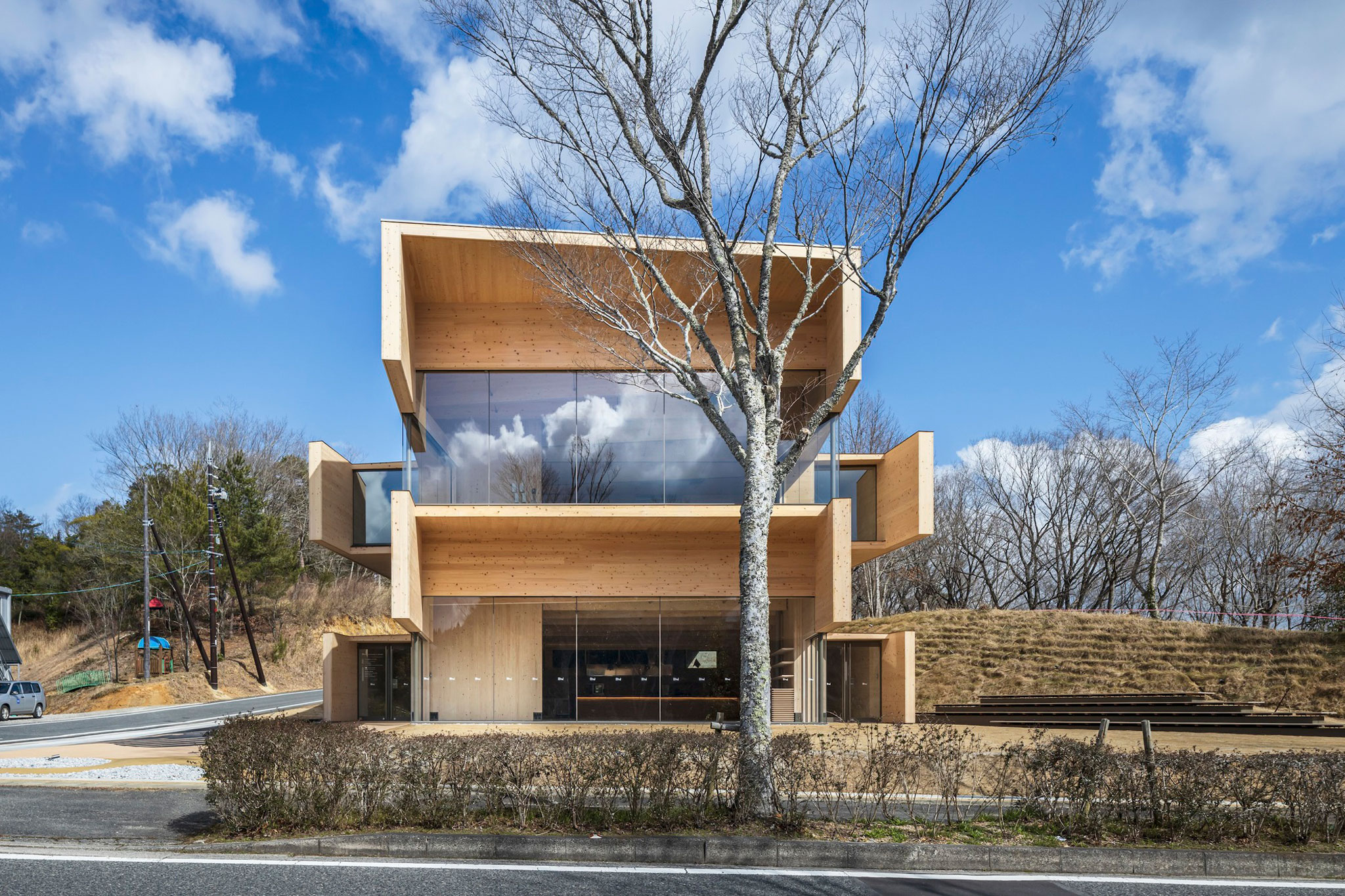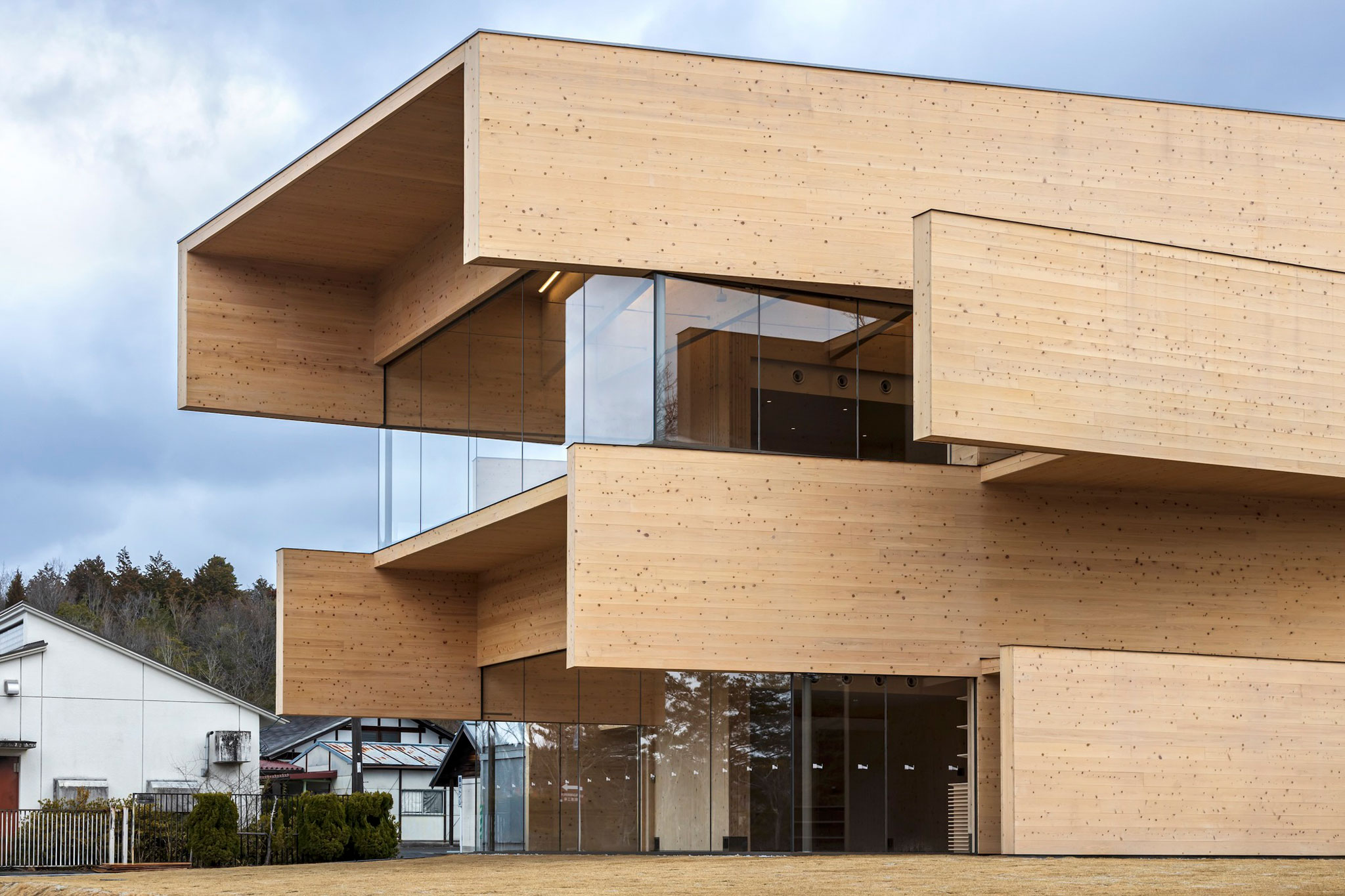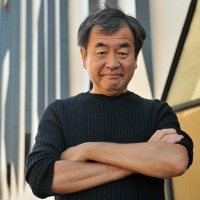
Kengo Kuma's project uses the main product of the area as a concept, both outside and inside, and serves as a claim to highlight that Okayama is the largest producer of CLT panels in all of Japan. The space aims to be a meeting point between the local University of Okayama and the local industry.
The building opens with large windows on its main and rear facades, taking advantage of the horizontal turns of the two and twenty-meter-high exterior bands, to achieve constant central lighting throughout the interior. A two-story space, each four meters high, completely open, to house any type of program.
The project has used CLT panels, 2.2 m wide, 35 m long and 21 cm thick, to create the image of four large slats stacked in the field.

Kibi Kogen N Square by Kengo Kuma & Associates. Photograph by Kenji Kobayashi / Kawasumi.

Kibi Kogen N Square by Kengo Kuma & Associates. Photograph by Kenji Kobayashi / Kawasumi.
Project description by Kengo Kuma & Associates
A regional exchange and creative facility centring on coworking and a café in Kibichuo, a town on the plateau in the centre of Okayama Prefecture. A local company, Systems Nakashima, took the initiative to develop the project.
CLT panels, of which Okayama is the largest producer in Japan, were used throughout the structure and interior.
The CLT panels, 2.2m wide, 35m long, and 21cm thick, are stacked at varying angles across the site, with a height difference of approximately 4m. The panels' angular misalignment creates various spaces and openings in between.

The open space, which differs from the closed and repetitive impression of conventional CLT structures, represents the spirit of the facility's theme of openness and collaboration within the local community, including the participation of local Okayama University in the co-working space. Through these spaces, a crossover of activities that transcend generations and industry-academia boundaries is expected.












































